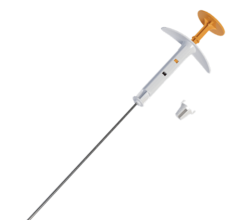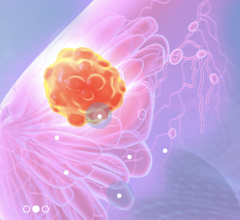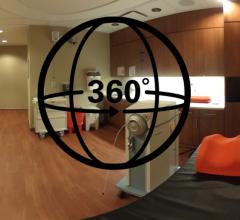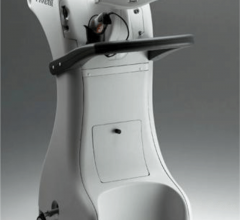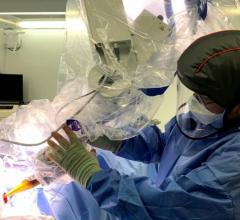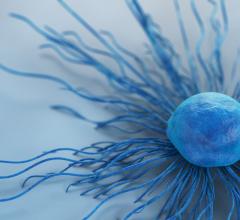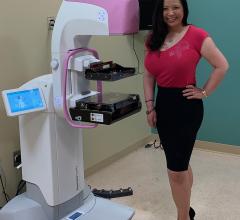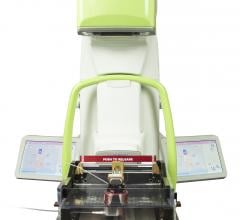
August 9, 2011 – A new type of radiation therapy for early-stage breast cancer that cuts down on treatment time while sparing healthy tissue is available at Staten Island University Hospital (SIUH).
When a breast cancer patient undergoes a lumpectomy to remove a cancerous tumor, it's often followed by radiation therapy. Traditional radiation therapy can take an average of five weeks. But using the SAVI breast brachytherapy applicator allows patients to complete their radiation treatments in only five days.
SIUH is the first hospital in New York State to be recognized as a Center of Excellence for the SAVI treatment.
The SAVI applicator is made up of a slim bundle of soft and flexible catheters. A breast surgeon makes a small incision in a patient's breast and places the device in the lumpectomy cavity.
Once inside, the catheters are expanded to conform to the site. Each catheter individually radiates the tissue surrounding the lumpectomy cavity from the inside out.
"The reason to use a multi-catheter device is that we can control the dose of radiation for each of the catheters, so the catheters that are closest to the skin can get less radiation," said Cynara Coomer, M.D., chief of breast surgery at SIUH and director of The Comprehensive Breast Center.
"The catheters that are closest to the breast tissue can get more radiation. So, the tissue that really needs to be radiated can be radiated with the highest dose and that means less exposure to the skin, the chest wall, heart and lungs," said Coomer.
The SAVI applicator stays in place throughout the week-long treatments. A portion of the end of each catheter remains accessible outside the patient's breast and is secured with dressing and a sports bra.
Treatments are delivered twice a day, six hours apart. For each session, a tiny radioactive seed is placed inside each catheter by a computer-controlled machine. The radiation source is removed after each session. On average, the treatments are complete in less than 15 minutes.
For more information: www.siuh.edu


 October 01, 2023
October 01, 2023 
